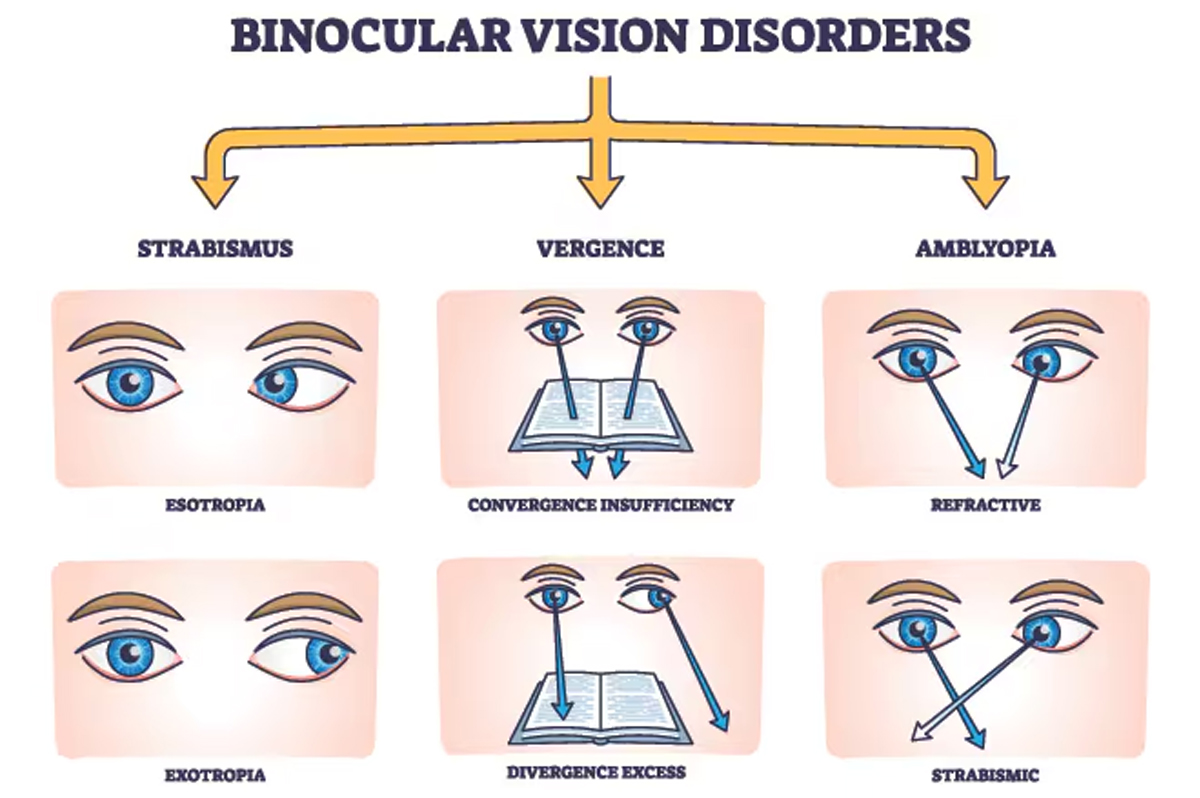
Impact of Binocular Vision Dysfunction (BVD)in Children’s Learning Skills
Binocular vision, or the ability to use both eyes together to create a single, clear image, is crucial for a child’s learning and development. When a child experiences issues with eye coordination, it can lead to several challenges in their education. These issues can cause strain, resulting in irritation, soreness, and fatigue. Children may also experience blurry vision, which can make it difficult to focus on objects or text.
What Is Binocular Vision Dysfunction (BVD)?
It’s an eye condition that occurs when your child’s eyes do not work properly as a team. Their brain may try to correct this problem. However, it results in various symptoms that may not be obvious they are stemming from BVD.
Symptoms
Children can suffer from binocular vision disorder as a result of facial asymmetry, ocular anatomy, and also from head injuries.
Here are some symptoms that will shed light on issues with binocular vision dysfunction.
- Difficulty catching balls
- Frequently bumping into objects
- Sitting close to the television
- Playing with toys close to their face
- Squinting to see
- Covering one eye to see
- Avoiding reading activities
- Headaches
- Falling asleep while reading
These symptoms point to eye teaming, eye focusing, and eye-tracking problems. These three key features will affect your child’s development. Some children learn to compensate, but others struggle.
Conclusion
Binocular vision dysfunction is a subtle but complex visual disorder. Many eye tests will miss it. It will cause children to struggle with concentration and avoid learning new skills. Get an exam with an optometrist specializing in this condition to check your child’s eyes. They will treat them with specific lenses and visual exercises.
